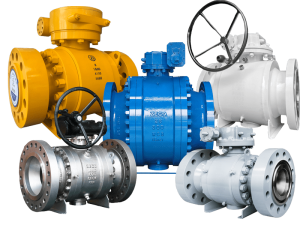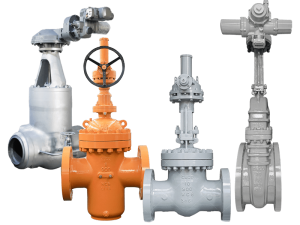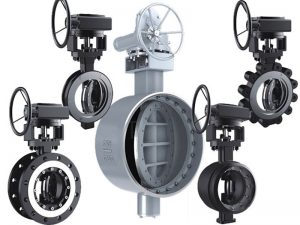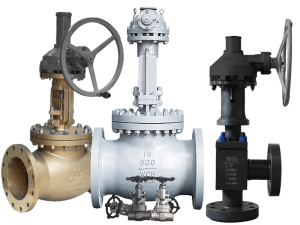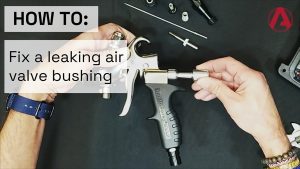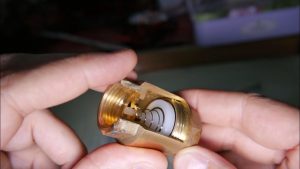Ever wondered why your plumbing makes those annoying gurgling sounds? Or why your irrigation system isn’t performing like it should?
Here’s the deal: You probably need an воздушный клапан.
I’ve installed dozens of air valves over the years. And I’ve learned that getting it right the first time saves you from massive headaches down the road.
В этом руководстве вы, как профессионал производитель воздушных клапанов, I’ll show you exactly how to install воздушный клапан systems for different applications. Whether you’re dealing with plumbing, irrigation, or water systems, I’ve got you covered.
Звучит неплохо? Давайте погрузимся.
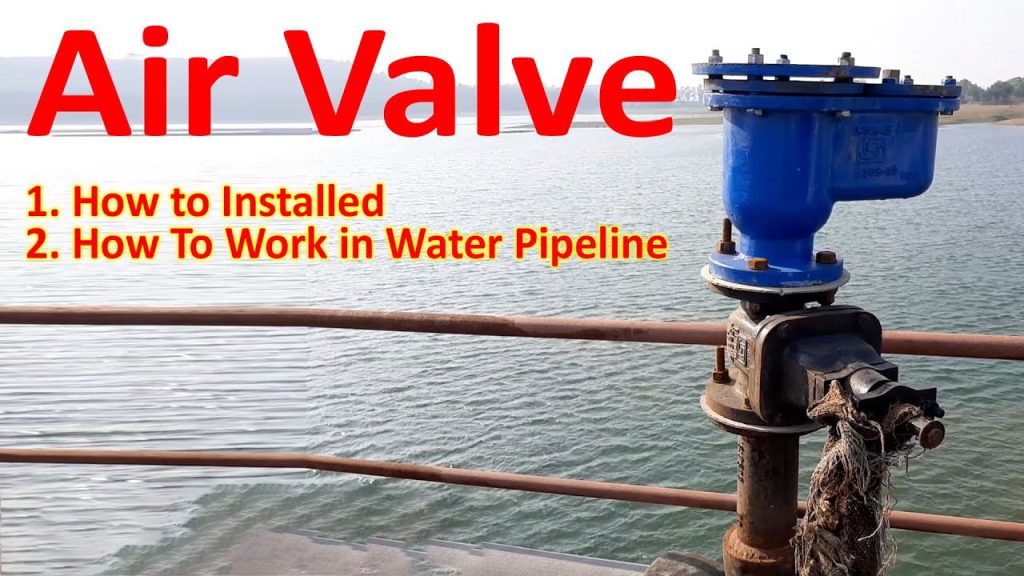
Оглавление
- What Is an Air Valve (And Why You Need One)
- Types of Air Valves You’ll Encounter
- Before You Start: Essential Preparation
- How to Install Air Valve: Step-by-Step Instructions
- Общие ошибки, которых следует избегать
- Maintenance Tips That’ll Save You Money
- Advanced Installation Tips
- Choosing the Right Air Valve
- Поиск и устранение неисправностей
- The Science Behind Air Valves
- Специальные соображения для различных областей применения
- Tools You’ll Actually Need
- Заключительные размышления
What Is an Air Valve (And Why You Need One)
Ан воздушный клапан is like the unsung hero of your water systems.
Подумайте об этом так:
When water flows through pipes, it creates air pockets. These air pockets cause all sorts of problems:
- Reduced water pressure
- Noisy pipes
- System damage
- Inefficient operation
Но вот в чем дело:
Air valves automatically release this trapped air. They also let air back in when needed (like during drainage).
The result? Your system runs smoothly and quietly.
Types of Air Valves You’ll Encounter
Не все воздушные клапаны созданы одинаковыми.
Here are the main types I work with:
1. Air Admittance Valves (AAV)
These are your go-to for plumbing and drainage systems. They prevent sewer gases from entering your home while allowing air into the drainage system.
2. Air Release Valves
Perfect for irrigation and water distribution systems. They continuously release small air pockets during normal operation.
3. Комбинированные воздушные клапаны
The Swiss Army knife of air valves. They handle both large volumes of air during filling/draining AND small air pockets during operation.
4. Обратные клапаны
One-way valves that prevent backflow. Common in aquarium setups and specific plumbing applications.
Before You Start: Essential Preparation
Let me save you some trouble.
Before touching any pipes, here’s what you need to check:
1. Local Codes
Some areas have specific requirements for воздушный клапан installation. (Trust me, you don’t want to redo everything because of a code violation.)
2. System Compatibility
Make sure your valve matches your pipe material. PVC valves for PVC pipes, brass for copper, etc.
3. Proper Sizing
An undersized valve won’t work properly. An oversized one is overkill and expensive.
Pro Tip: When in doubt, consult the manufacturer’s sizing chart based on your system’s flow rate.
How to Install Air Valve: Step-by-Step Instructions
Installing an Air Admittance Valve (Under Sink)
This is the most common residential installation.
Step 1: Choose Your Location
The valve must be installed:
- Above the flood level rim of fixtures
- Within 15 degrees of vertical
- At least 4-6 inches above the horizontal branch drain
Step 2: Cut the Pipe
Turn off the water supply. Then:
- Measure and mark where the AAV will go
- Cut the pipe cleanly with a pipe cutter
- Deburr and chamfer the edges
Step 3: Install the Adapter
- Apply PVC primer to both the pipe and adapter
- Apply PVC cement
- Push the adapter onto the pipe with a twisting motion
- Hold for 30 seconds
Step 4: Attach the Valve
Here’s where people often mess up:
- Wrap Teflon tape clockwise on the valve threads (3-4 wraps)
- Hand-tighten the valve into the adapter
- Use channel locks for an additional quarter turn (don’t over-tighten!)
Step 5: Test Your Work
- Turn the water back on
- Run water through the sink
- Check for leaks
- Listen for proper valve operation
Installing an Air Release Valve (Irrigation System)
Irrigation systems need special attention.
Step 1: Find the High Points
Air naturally collects at high points in your system. That’s where your valves go.
Step 2: Install an Isolation Valve First
This is crucial for maintenance:
- Install a ball valve or gate valve before the воздушный клапан
- Make sure it’s “full port” (not reduced)
Step 3: Create a Vertical Riser
The valve MUST be vertical:
- Use a tee fitting on your main line
- Install a vertical pipe (same diameter as the valve orifice)
- Secure it to a fence post or stake to keep it vertical
Step 4: Connect the Воздушный клапан
Depending on your pipe material:
- ПВХ: Use solvent welding
- Сталь: Weld a threaded socket
- полиэтилен: Use a saddle clamp
Step 5: Add a Collection Chamber
For frequently cycling systems:
- Use a larger tee or expanded chamber
- This gives air more space to collect
- Results in better valve performance
Общие ошибки, которых следует избегать
I’ve seen these mistakes hundreds of times:
1. Installing at an Angle
Air valves work best within 5 degrees of vertical. Any more and the float mechanism fails.
2. Using Reduced Port Valves
This restricts airflow and defeats the purpose.
3. Forgetting Accessibility
You’ll need to service these valves. Don’t bury them or put them in impossible locations.
4. Wrong Valve Type
Using a standard воздушный клапан in a sewage system? That’s asking for clogs. Use wastewater-specific valves instead.
Maintenance Tips That’ll Save You Money
Here’s what I do to keep air valves running smoothly:
Regular Inspection (Every 6 Months)
- Check for visible damage
- Look for signs of leaking
- Ensure the valve still moves freely
Annual Cleaning
- Снимите крышку клапана
- Clean with mild detergent
- Check and replace O-rings if needed
- Apply silicone lubricant to moving parts
Testing Procedure
- Pour water into the valve
- It should close when full
- Open a downstream tap
- The valve should open to let air in
Advanced Installation Tips
Want to level up your installation game?
For Multiple Valve Systems
In complex systems, you might need several valves:
- Space them every 800 meters on long runs
- Install after pump stations
- Place them before pressure-reducing valves
- Add them after flow meters
For Problem Areas
Got persistent air problems? Try this:
- Install combination valves instead of single-purpose ones
- Use stainless steel floats in aggressive water
- Add drain ports for easy maintenance
For Maximum Efficiency
The little details matter:
- Use pipe dope AND Teflon tape on metal threads
- Install valves before the system is pressurized
- Test at different flow rates
Choosing the Right Air Valve
Not sure which valve to buy?
Here’s my decision tree:
For Residential Plumbing: AAV valves (Oatey or Studor brands)
For Irrigation: Combination air valves with large orifices
For Sewage: Wastewater air valves with anti-clog design
For High-Pressure Systems: Spring-loaded air release valves
Price ranges from $15 for basic AAVs to $500+ for large combination valves.
Поиск и устранение неисправностей
Even with perfect installation, problems can pop up.
Valve Won’t Close
Причина: Debris in the seal
Исправить: Remove and clean the valve
Constant Air Release
Причина: System pulling air somewhere else
Исправить: Check for leaks in the suction side
Water Spurting from Valve
Причина: Valve installed too low
Исправить: Raise the valve higher in the system
The Science Behind Air Valves
Understanding the why helps with the how.
Air enters pipes through:
- Pumps pulling dissolved air from water
- Leaky joints under vacuum
- Chemical reactions (especially in sewage)
- Empty pipes during startup
Without proper venting, you get:
- 30% reduction in pump efficiency
- Accelerated pipe corrosion
- Water hammer damage
- Inaccurate flow meters
That’s why proper installation matters so much.
Специальные соображения для различных областей применения
Residential Installation
- Focus on noise reduction
- Aesthetics matter more
- Accessibility for homeowners
Agricultural Systems
- Durability over looks
- Large orifices for high flow
- Protection from livestock
Муниципальные системы водоснабжения
- AWWA standards compliance
- SCADA compatibility
- Redundancy planning
Tools You’ll Actually Need
Skip the fancy stuff. Here’s what really matters:
Essential Tools:
- Труборез или ножовка
- Тефлоновая лента
- Channel locks
- Level (seriously, don’t skip this)
- Thread sealant
Nice to Have:
- Pipe deburring tool
- Torque wrench
- Digital pressure gauge
Заключительные размышления
Installing air valves isn’t rocket science. But doing it right requires attention to detail.
Основные выводы:
- Choose the right valve type for your application
- Install vertically (always!)
- Size properly for your system
- Make it accessible for maintenance
- Test thoroughly before calling it done
Remember: A properly installed воздушный клапан is invisible. You’ll forget it’s even there because your system just works.
But skip steps or cut corners? You’ll be reminded every time you hear that gurgling sound or deal with reduced pressure.
Итог?
Take your time with the installation. Do it right once, and you’ll enjoy years of trouble-free operation.
That’s how to install воздушный клапан systems the right way.
Your pipes (and your sanity) will thank you.

